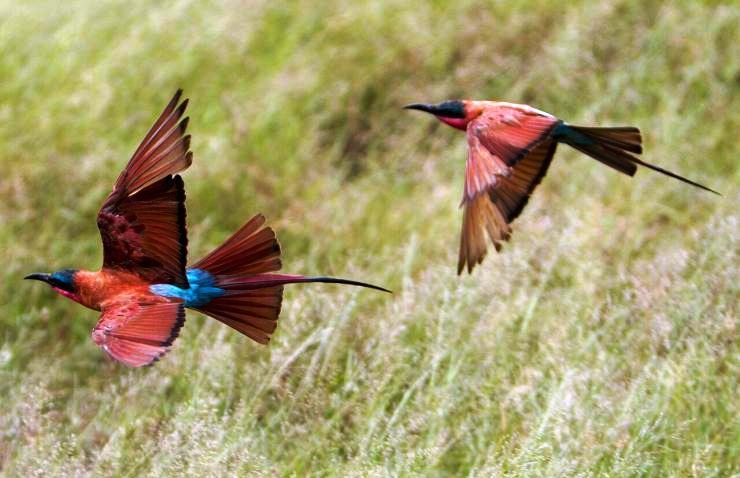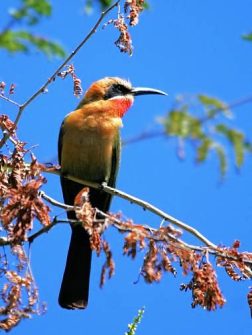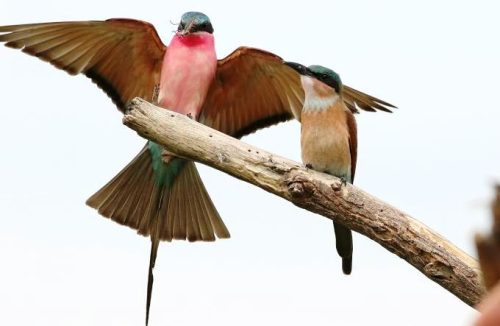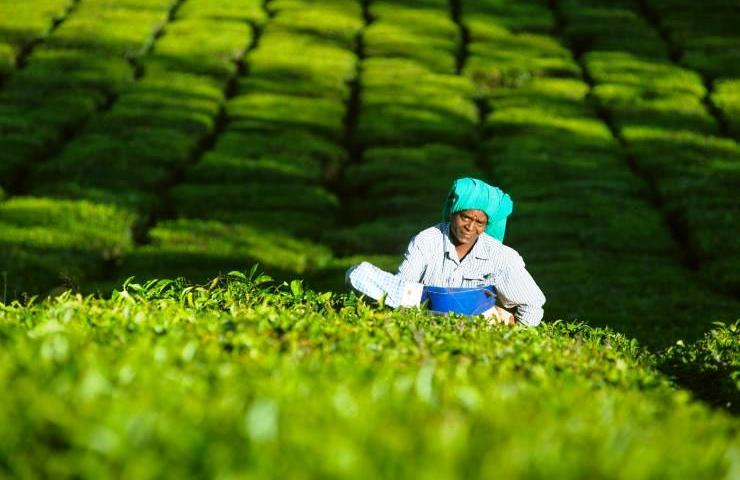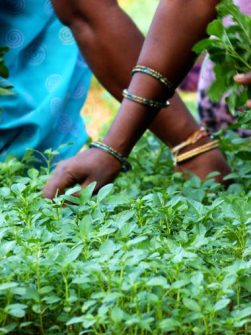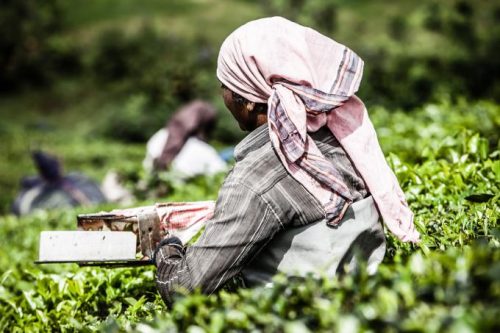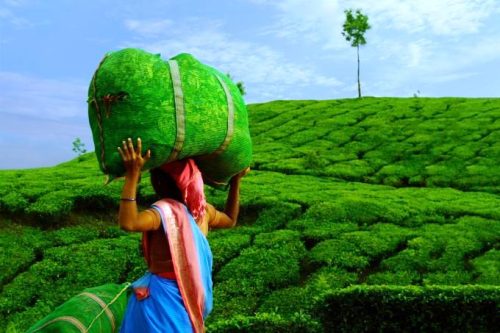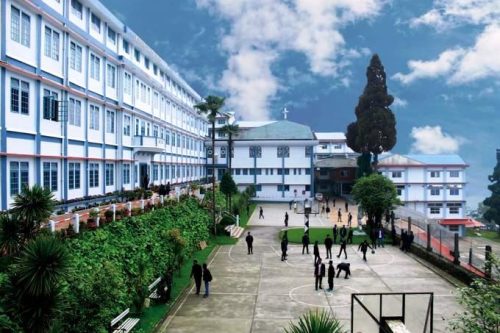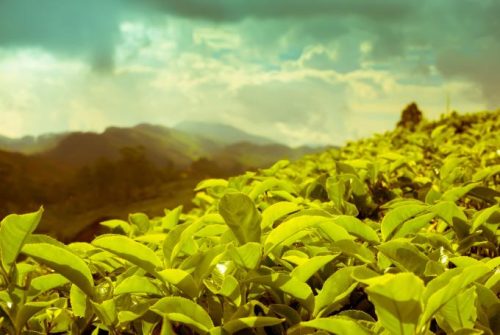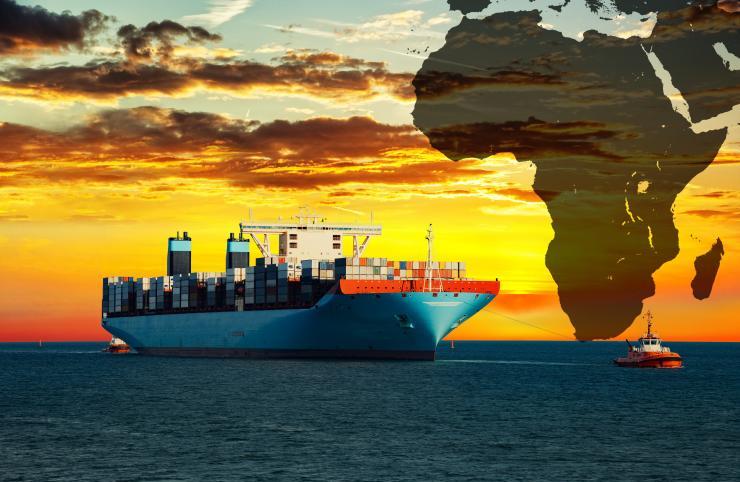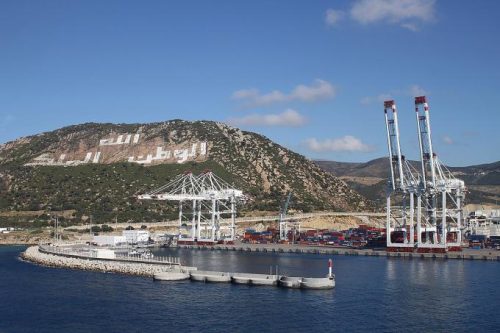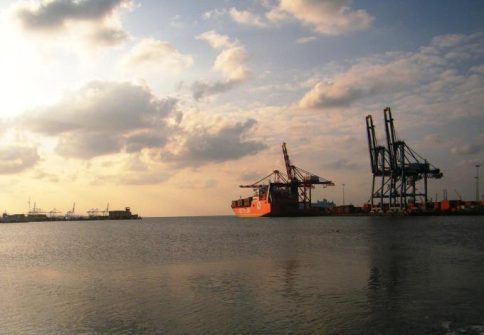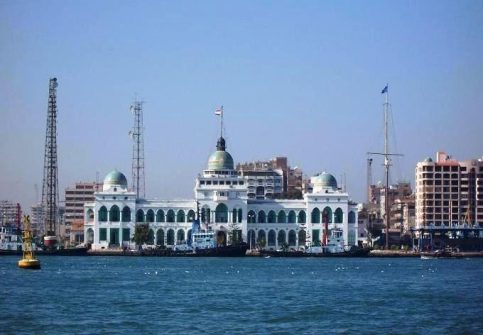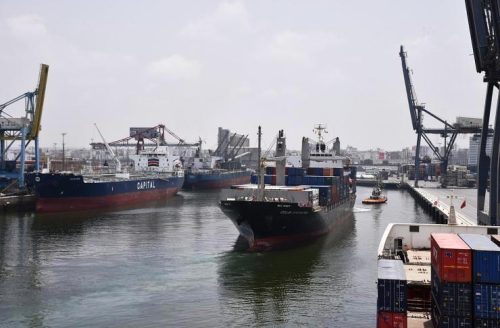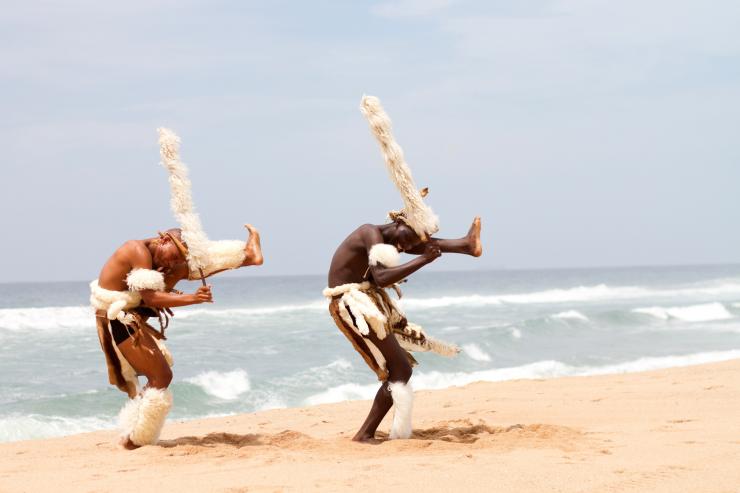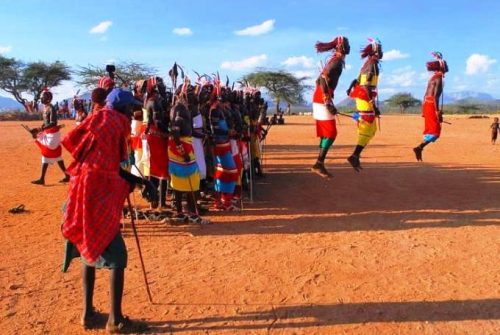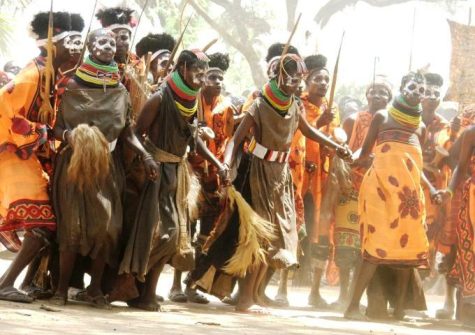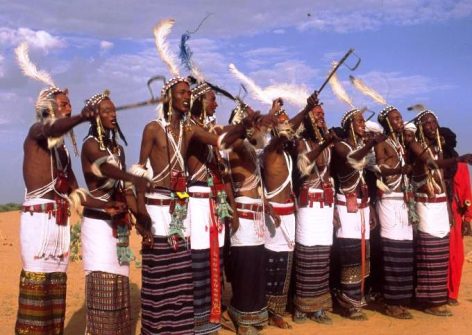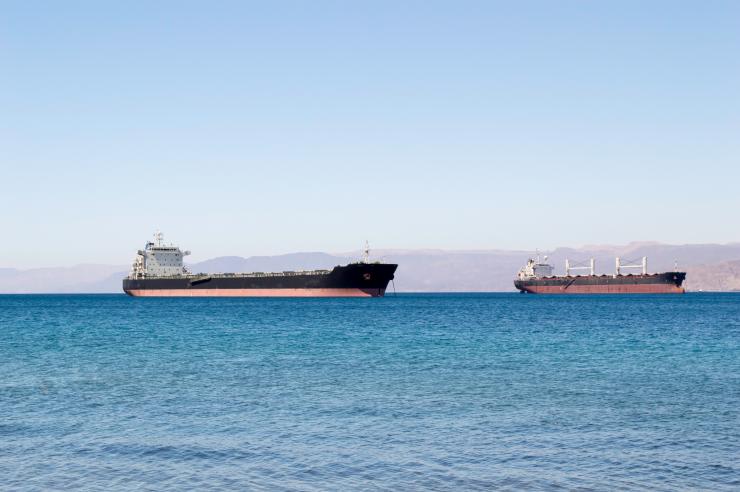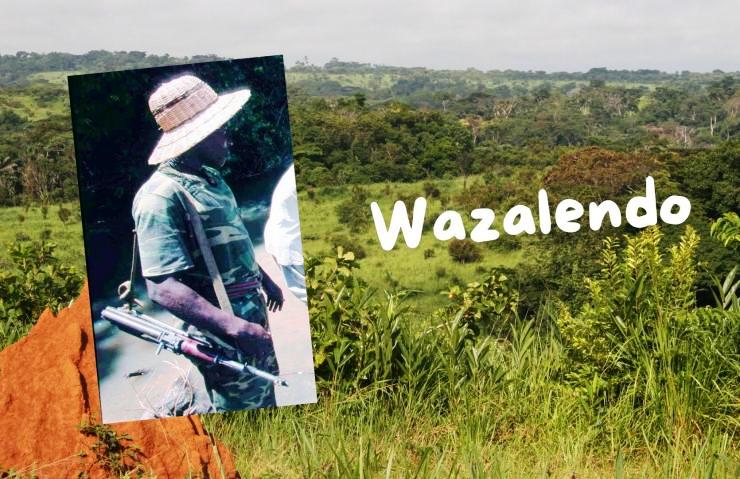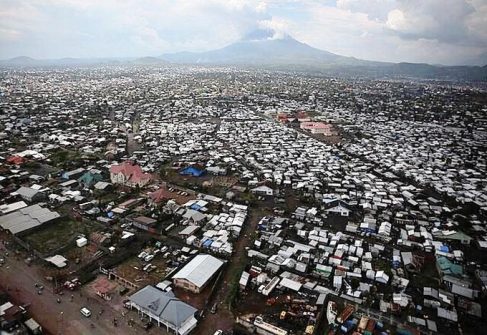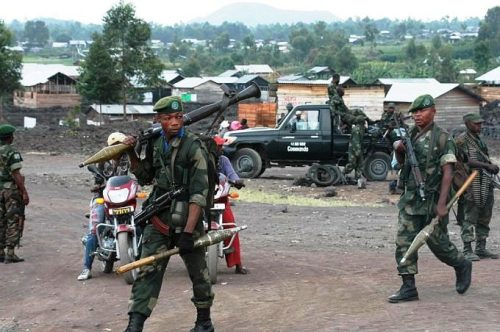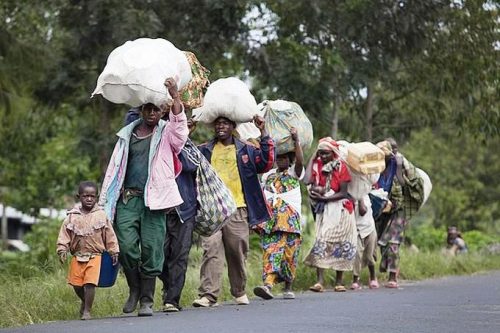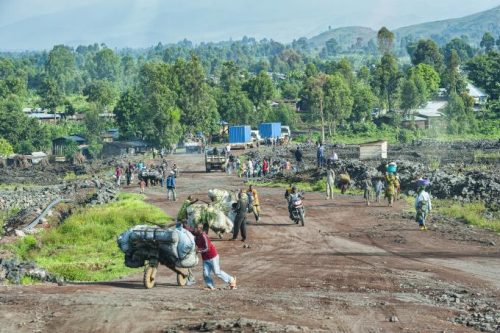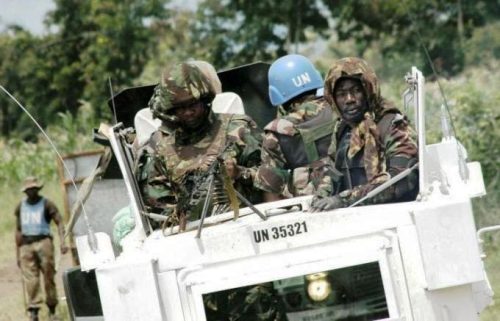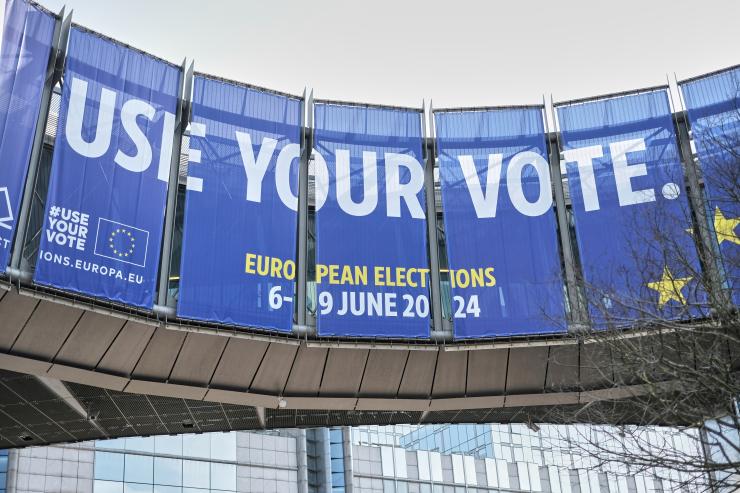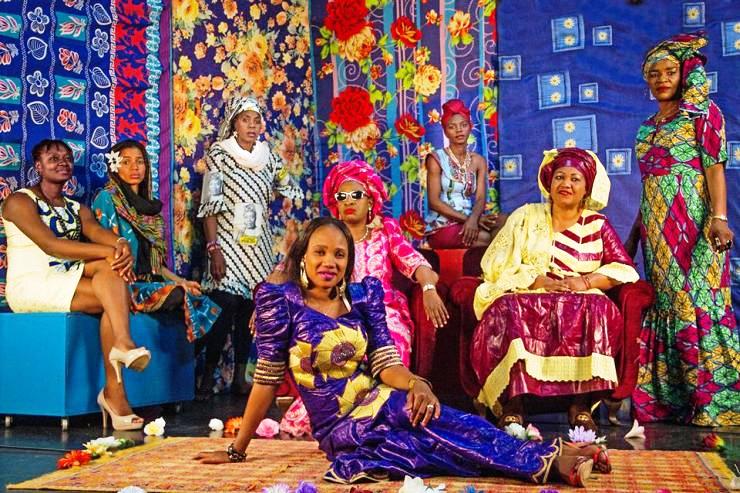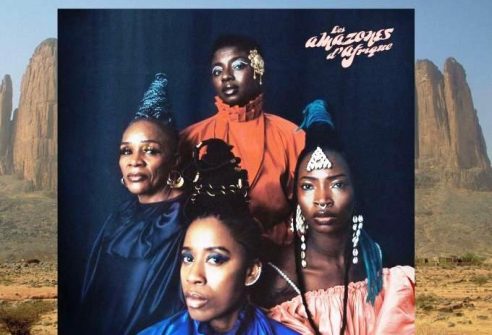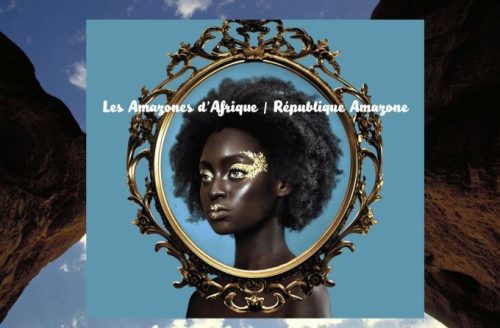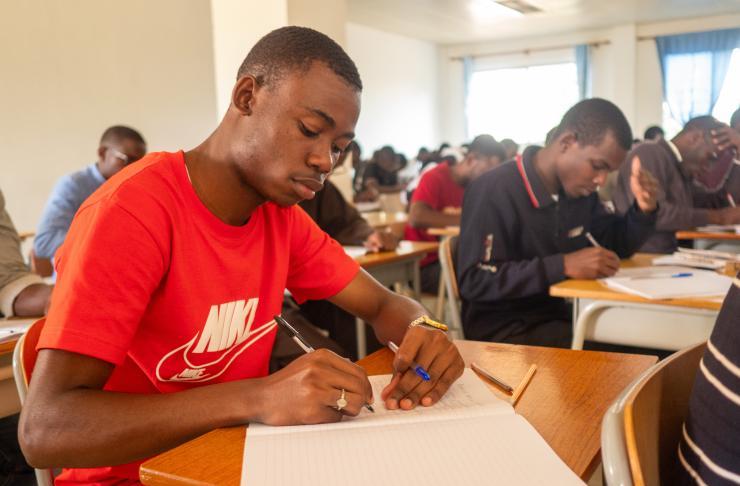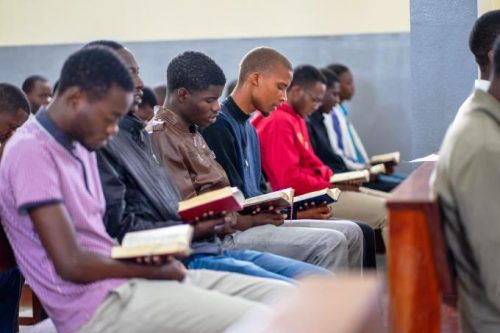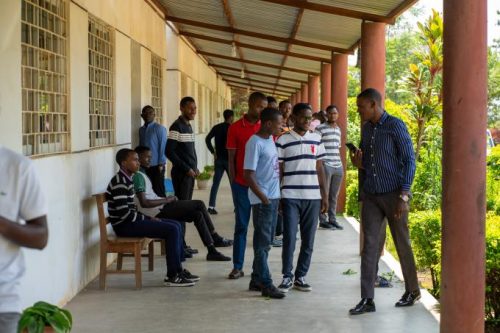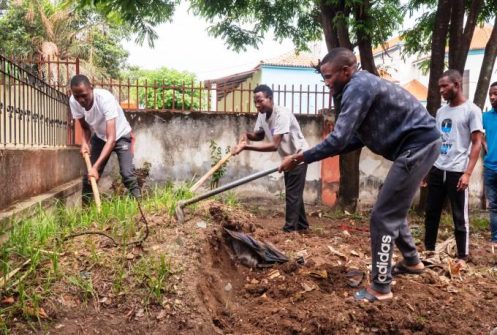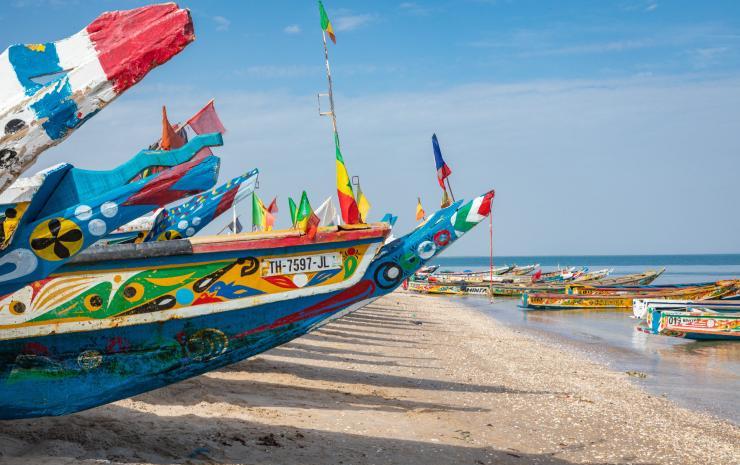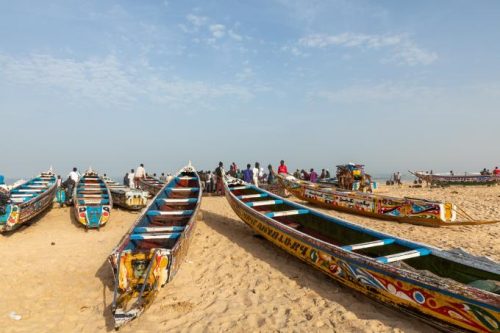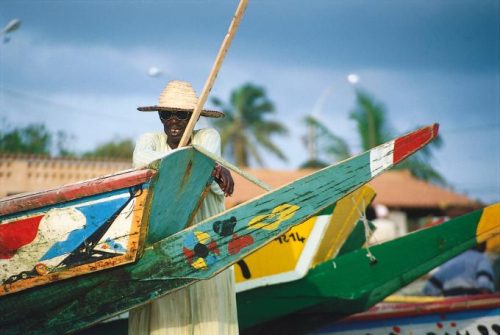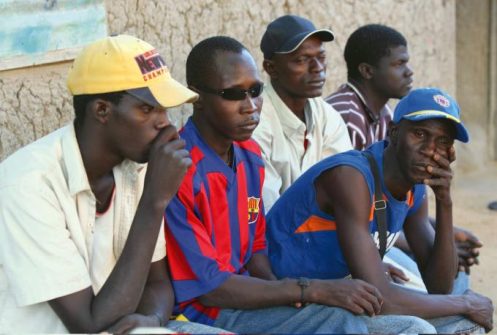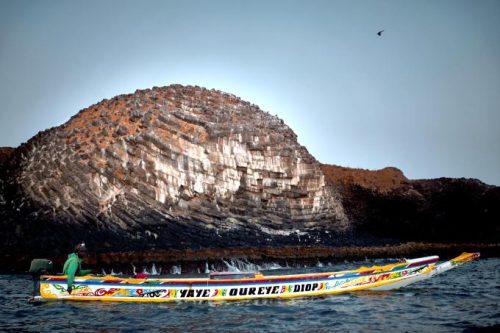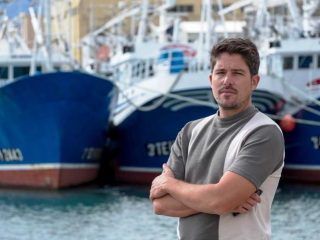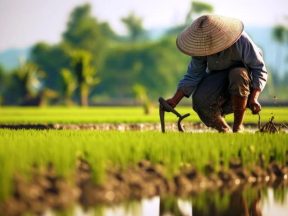The world was a very pleasant place in which to live. All the animals were friends and, although they occasionally had disagreements, they would never think of fighting, or harming each other.
Indeed, there was only one thing to be feared – and that was fire. Not the safe, warm fire that Man kept in his cave and beside which the animals loved to lie, feeling its heat seeping into them during the cold winter nights – but the cruel, all-consuming fire that sometimes occurred when the bushveld was dry and brown.
The fire that sprang up from nowhere, roaring and crackling across the land, destroying everything in its path. When this happened, all the creatures could do was run, never stopping until they had put a wide river between themselves and the flames.
One late afternoon, when most of the animals were dozing, the rhinoceros, who had a very keen sense of smell, raised his head, wondering what had awakened him. Scrambling to his feet he stood with his head in the air, sniffing first this way and then that.
He lumbered across to the sleeping giraffe and nudged him with his horned nose. “Giraffe – he said -, I smell smoke. You are taller than anyone else. Have a look around to see where it is coming from.”
The giraffe spread his long legs wide and at the third attempt rose to his feet. She stretched to his full height and even stood on tip-toe but she could not see above the trees that were all about them.
“I am sorry, Rhino – she said -, I cannot see, but I am sure you are right, I can smell the smoke myself.”
The rhinoceros snorted and trotted over to where the baboons were sleeping, all lying in a big heap together. “Hey, wake up – he called -. Wake up.” The baboons, annoyed at having their rest disturbed, untangled themselves from each other and jumped up, chattering angrily. “Quiet – shouted the rhinoceros, and when there was silence – he said -, Giraffe and I can smell smoke. One of you shin up the tallest tree you can find and see if you can locate a fire.”
At the word ‘fire’ panic broke out among the noisy creatures but one of the young males, with more presence of mind than the others, shinned up a nearby tree and with one hand to his forehead, shielding his eyes from the sun, he looked out over the landscape. He looked to the South, to the West, to the North – and he remained looking to the North, staring for all he was worth.
“It is a fire – he shrieked -, the biggest I have ever seen. Quickly, he slid down the tree. “We must tell all the) other creatures.”
Bounding and hopping across the ground he ran to where he had seen the elephant sleeping. Pulling the huge animal’s trunk, a thing he would never have dared to do had it not been an emergency, he woke him up.
“Elephant – he cried as the big beast opened his eyes -, Elephant, there is a big fire coming from the North. The animals must be warned to run to the river as fast as they can go.”
The elephant was wide awake immediately, and as he always slept standing up he had only to raise his trunk and let out a call that could be heard far away in all directions. Again and again, he trumpeted, and as all the animals hurried to see what was happening the baboon
told them of the fire.
In no time at all the whole area was full of animals crashing and leaping on their way to the river. The larger, faster animals carry the smaller ones on their backs. Fortunately, the river was quite shallow and slow-running and was easy to cross. Secretary Bird stood on the far bank, ticking each animal off on his list as they crossed to safety.
By now, the thick, black smoke was rolling across the river in a dark, choking cloud and all the animals had been accounted for except the little rock dassie. Secretary Bird called the information back to the others. “Oh dear – coughed the lion, his eyes smarting from the smoke -, where can the dassie be? If he does not hurry, he will never escape. Look, the flames have reached the edge of the forest and will
soon be at the river.”
With a hop and a jump, the keen-eyed kite took off from the ground and was soon gliding over the oncoming fire. Suddenly, he swooped down and rose again, wheeling twice in the air before flying back to the others.
“I have seen the dassie – he cried -. He is sitting on the large rock by the forest’s edge and seems too terrified to move. Even now the flames are licking at the foot of the rock. Someone will have to rescue him.”
The animals looked at each other fearfully. They were all frightened of the fire and did not want to risk being caught in a bid to rescue the little rock animal. “Hurry – screamed the kite -, or it will be too late.”
Suddenly, there was a flash of tawny fur, and the cheetah, whose coat was all one colour in those days, ran from the group of frightened animals and, without a word, plunged into the river, bounding through the water until he reached the other bank. Straight towards the fire, he ran, sometimes disappearing from view in the swirling smoke, on and on until he reached the rock where the kite had seen the dassie.
The sparks, jumping ahead of the flames had already reached the area and small fires were burning everywhere. There, on top of the rock, with tears streaming from his eyes stood the poor, terrified, little animal. “Quickly – shouted the brave cheetah -. Jump onto my back. Hurry, there is no time to lose.”
Peering through the smoke, Dassie saw Cheetah and with a mighty leap landed on his back and clung tightly to him. Through the sparks and the flames and the smoke ran Cheetah, running as he had never run before. Just before he reached the river the fire surged forward with a hollow roar and to the watching animals it appeared that he would be caught. But putting on a fantastic burst of speed Cheetah reached the river a split-second before the fire did.
Depositing the little dassie at the feet of the others, the cheetah stood before them, his sides heaving as a result of his noble effort. “Well done, well done – the animals cried -. How fast you ran! No other animal could have run so fast. But look at your beautiful, tawny coat. The sparks have scorched it in hundreds of places. Oh dear, oh dear!”
It was quite true. There were so many scorch marks that his coat looked quite different. Cheetah was quite upset about it at first but in the days that followed, when he saw the animals pointing out the scorch-marks to each other he became proud to possess a coat with such
distinctive markings.
The scorch marks are still there today and anyone who has ever seen Cheetah run will agree that only he could have rescued Dassie on that fateful day.
What the other animals did not notice was that Dassie was also scorched by a large spark! Of course, they were far too busy praising the cheetah, but if ever you are fortunate enough to see the shy rock dassie, you will notice the black mark caused by the spark, right in the middle of his back, the black mark standing out from the brown fur. (Illustration: Pixabay)
Folktale from Lango People. Uganda
